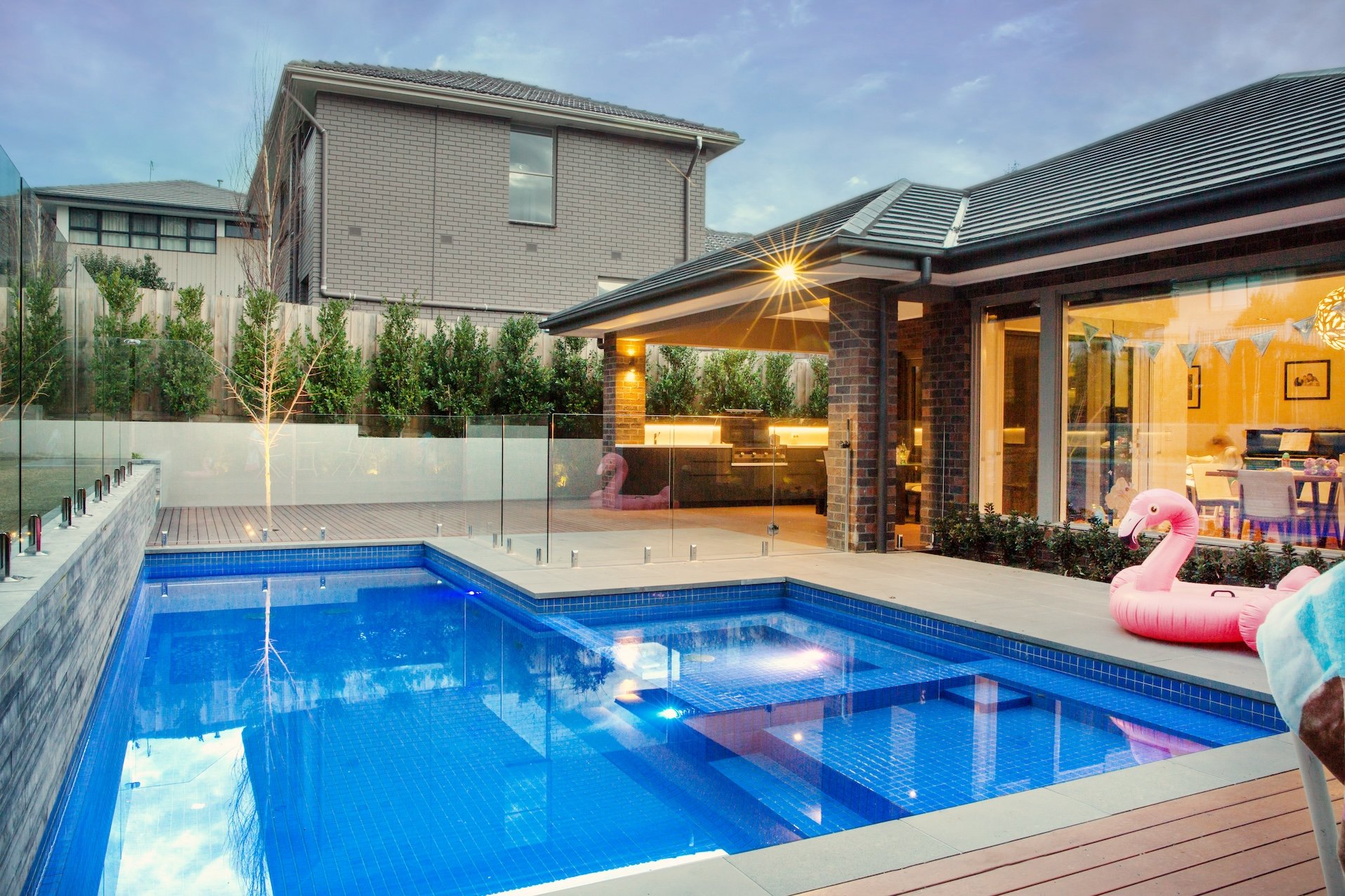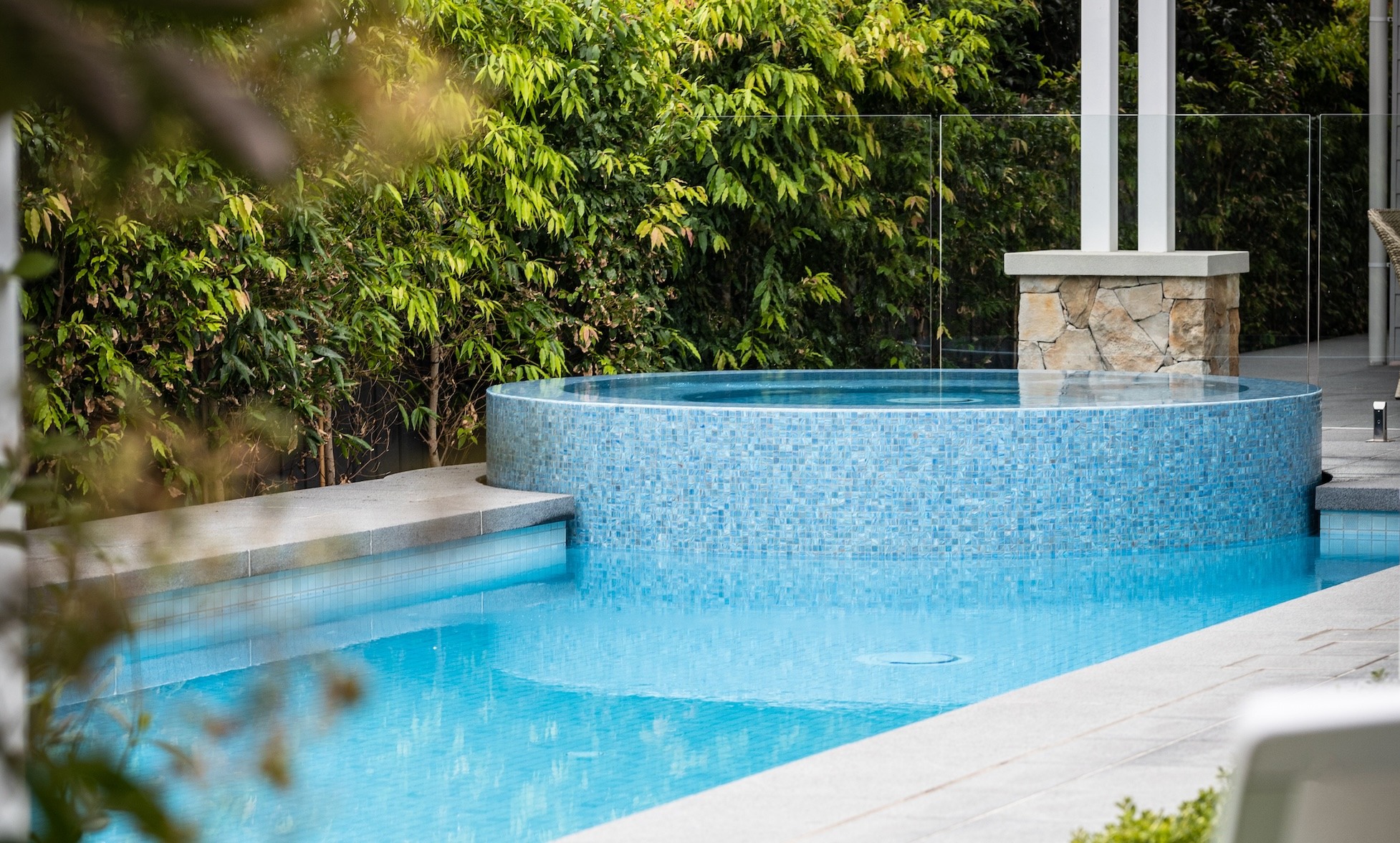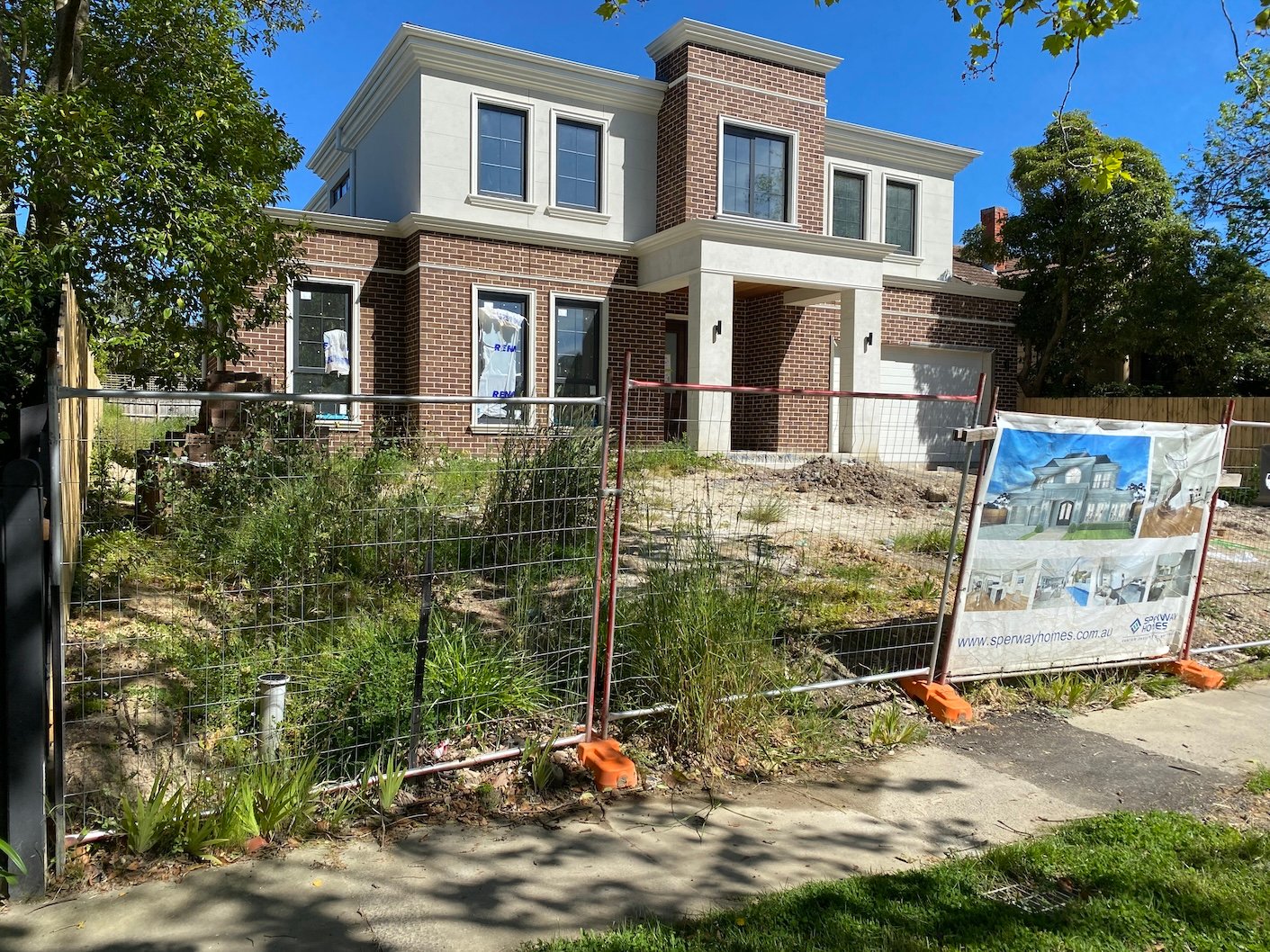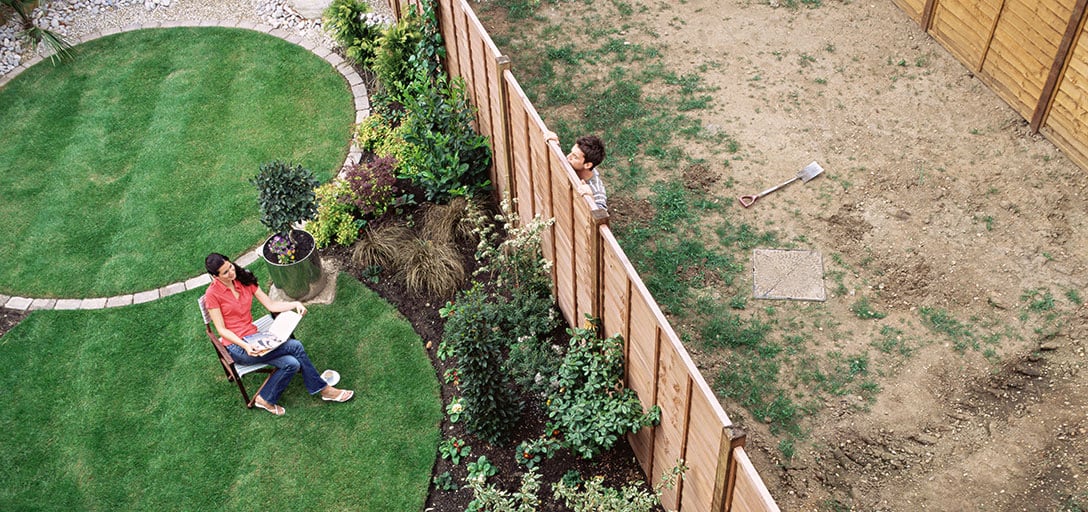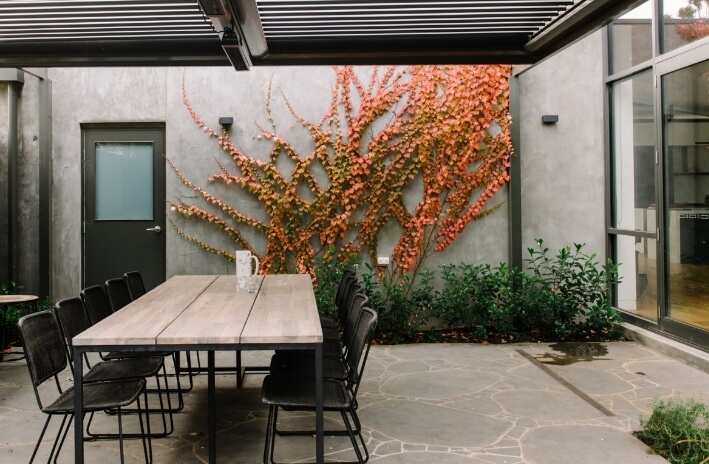
Are you considering giving your garden a complete makeover? Are you thinking about installing a pool? Are you building a new home and wondering how to get going on the new garden?
Contemplating a new garden can be a little bit overwhelming, especially if you've never done it before. Where do you even start? Which comes first the pool or the garden? What are the different stages or phases you need to go through? You might find your head swimming with questions.
With more than 550 gardens under our belts over the past 30 years, we have a pretty good understanding of the many phases everyone goes through on their landscaping journey from start to finish. We'd like to share our knowledge with you in this article. (It's a concise overview but it's a very good place to start if you've never done this sort of thing before.)
By the time you reach the end, we hope to bring a little understanding of the various phases you will go through on your landscape design and construction journey. So you might feel a little more reassured about taking your first steps.
How does your Landscaping Journey begin
From the moment you first contemplate having a new garden, you are starting a journey. That journey may take you down many different paths. You may end up at a very different destination from where you expected you would. You may travel down several paths only to turn back and say "This is not the right way". Or you may be one of those people with a very clear destination in mind and the knowledge and determination to simply walk the path all the way to the end.
Whether your journey is smooth and straightforward or rough and meandering, will often depend on two key things. The first is knowing enough critical information to allow you to make informed decisions at vital points on your journey. And the second is making sure you have the right people to guide you along your way.
Choosing the right landscape designer or landscape architect for you will go a long way to making your journey enjoyable and enlightening. And choosing the right landscaper to create your garden is the final step in ensuring your journey ends well. (With us, it's easy as we are both.)
Almost every client we have ever worked with has gone through each of these phases below.
The Discovery Phase of landscaping your garden
Every new garden begins with this phase - discovering what it is you actually want in your new garden. You may begin this phase in any number of ways. By contemplating what you don't like about your existing garden. By discussing with your partner what they think the kids might need or want. Or by any means that helps you to clarify what it is you really wish to create.
You might go visit some public gardens or 'Open Gardens' to get some ideas or inspiration. You might take a drive or a walk around your neighbourhood. You might start paying attention to what all your friends are doing. You might go to a Garden Expo or Flower Show to get inspired. You may even take a deep dive online to see what you can find.
Whatever method you choose, you will probably end up doing a mix of all these. You will soon reach a point where things start to crystalise a bit for you. Where some sort of vague or even clearly shaped idea starts to form in your mind.
As the idea starts to become even more real to you, it's around this time that you are likely to start thinking about engaging some professional help to take you on the next step on your journey.
Creating a garden out of all those loose ideas you might have floating around in your head is not an easy job. This is where a landscape designer or landscape architect comes into the picture. Because they are the best guide you can have for the next phase of your journey.
The Feasibility Phase (Concept Design) of designing your garden
This phase is where things start to get tricky. You may know what you want but you are likely to be very uncertain of how to put it all together.
This is the phase where the rubber meets the road so to speak. Where dreams, ideas, concepts and even idle fancies are tested. Sure you'd love to have a pool and a deck and an outdoor kitchen and a lawn and a veggie garden and a...... But do you even have the room? The budget? The right-shaped garden?
At this point, there are two really important things you need to know to establish some sort of basic feasibility:
-
Is what I want feasible for the space I have and how would it all look?
-
What is it going to cost?
Here's where the landscape designer plays their first big important role by guiding you to the answers you need to these questions. The very first step of the landscape design process is for them to create what is called a "Concept Design" which essentially allows you to visualise your future garden. (If you'd like to know more about what a Concept Design actually is, please read this article - What is a Concept Design in Landscaping?
The simple truth is that you can't answer Question 2 above until you've answered Question 1. And that's why you need to get a Concept Design done because it allows for a ballpark costing to be formulated. There is simply no other way to answer a potentially open-ended question like "How much will my new garden cost?" without working out what that new garden will entail.
The last step of the Feasibility Phase is to start to finetune your Concept Design and make some revisions with the help of your designer to address any aspects of your garden design you feel aren't quite right. It's also your chance to make any changes you might need to make due to budgetary constraints. "Ok, I guess we can lose the ..... (insert garden feature) and still have a great garden!"
The Master Plan Phase of designing your garden
If the Concept Design phase helps to start make the dream you have for your new garden more real to you, it starts to get very real with this next phase.
A 'Concept Design' is quite loose and broad, and by nature 'conceptual'. You will see in the drawings a pool, a deck, some garden beds with high trees, an outdoor kitchen, some lawn area and a path. But there's no specific detail in the Concept Design. Your designer won't necessarily describe in great detail what the deck is made of, what type of trees are to be planted in the garden bed, or the specifics of the outdoor kitchen.
A Master Plan however starts to specify the detail. Like which plants exactly, what materials, and how will things be finished?
While the Concept Design may have simply shown a "paved" area, the Master Plan phase is about suggesting the actual pavers the designer recommends to you, such as 600/300/20mm sawn bluestone pavers. (You of course have the final say over whether you want those or not.) The precise species of trees are detailed. The exact appliances for the outdoor kitchen. The actual materials for the benchtops.
We find that people start getting very excited by this phase as they can really start to picture their garden coming to life in great detail before their very eyes.
On a practical level, the Master Plan phase also enables costings to be more accurately tied down now the specific details of all elements are known.
Landscaping Preliminaries Phase, what does it involve
So you now have a design that is accurately costed - this means the work can begin right? Not quite.
No matter how keen you might be feeling by now to just 'get on with it' there are several preliminary steps that must take place to get from the design phase to the garden-finished phase.
For example, what's needed now are the various dimensions of all the elements. The levels and heights of them all. Sectional views (such as 'cross-sections') showing how certain major elements of the garden are going to be constructed, such as the deck, pergola, verandah, outdoor kitchen, etc All of these need to be created as Working Drawings.
Once the Working Drawings have been created, they may need to be passed to an Engineer who uses them to detail very specific elements of the construction such as the footings for the deck or the beam sizes of the pergola, etc. Working Drawings may also be required to obtain council permits or to apply for a Build Over Easement permit. A Building Surveyor may also need them in order to issue a permit. Permits are unfortunately a necessary part of the process and they must be obtained, where required, for any work to commence.
Finally, these Working Drawings are what will be used by the landscaping crew to actually build all the elements of your new garden.
OK, you may now start to get excited because you are entering the final phase where the work really begins!
The Landscaping Phase of creating your garden
This last phase has one short but important paperwork step that needs to be completed before a date can be scheduled for the work to begin. These are the signing of the landscaping contracts which details very specifically how the work will be done and what commitments the landscaper has undertaken to do the job. Additionally, warranty insurance is obtained to protect you and assure you that the work will be done to a certain standard.
(Only Landscapers who are Registered Building Practitioners (RBPs) can offer you warranty insurance. To find out more about why it's critical to only engage an RBPs on your landscaping project please read this article - What type of landscaper will you need for your garden project?)
Your landscaping crew commences work on your new garden! They may bring in additional specialist contractors to complete specific tasks throughout the construction phase, for example, plumbers, electricians, pool installers/builders, louvre roof installers, pool fence installers, kitchen installers, etc
If your landscaper operates at a fully professional level they should assign a project manager or site coordinator to your job so that everything is well coordinated and the project runs smoothly. It is their job to ensure that work gets done on time and to budget and to be your point of contact & liaison on-site.
If all goes according to plan and there are no major hiccups, such as discovering you have a giant stormwater pit in your back garden easement that needs to be moved for the pool or finding out the heritage overlay on your place dictates what type of brick you can use for a small back garden fence, your project should be completed in whatever time your landscaper specified.
(At Whyte Gardens, we both design and build so we handle every phase of your new garden from concept design through to construction. And we project manage every step of the construction to minimise disruption to your everyday life.)
Where will your journey end?
We began this article by mentioning that you are on a journey. Wherever you might be on that journey we would love to assist you to find your way to a happy conclusion to that journey.
If we've learnt anything in the past 30 years, it's that many people can start their journeys on what seems like the right path but there are many wrong turns they could take along the way. Thankfully we've managed to help ensure our clients didn't end up going down one of those!
If this is your first visit to our website, please have a look around and read a few more of our blogs. We hope you find them enlightening and that they help illuminate a possible path for you to your ideal garden.
Articles covering Landscape Design and Construction in Melbourne...
What's the most important element in a new garden?
What's included in a landscape designer's Master Plan?
Who's responsible for managing contractors in a landscaping project?
If you'd like to have a chat with us about any aspect of landscape design and landscaping, please feel free to call or email us. Use the contact page Contact us
Founder of Whyte Gardens
Topics:
